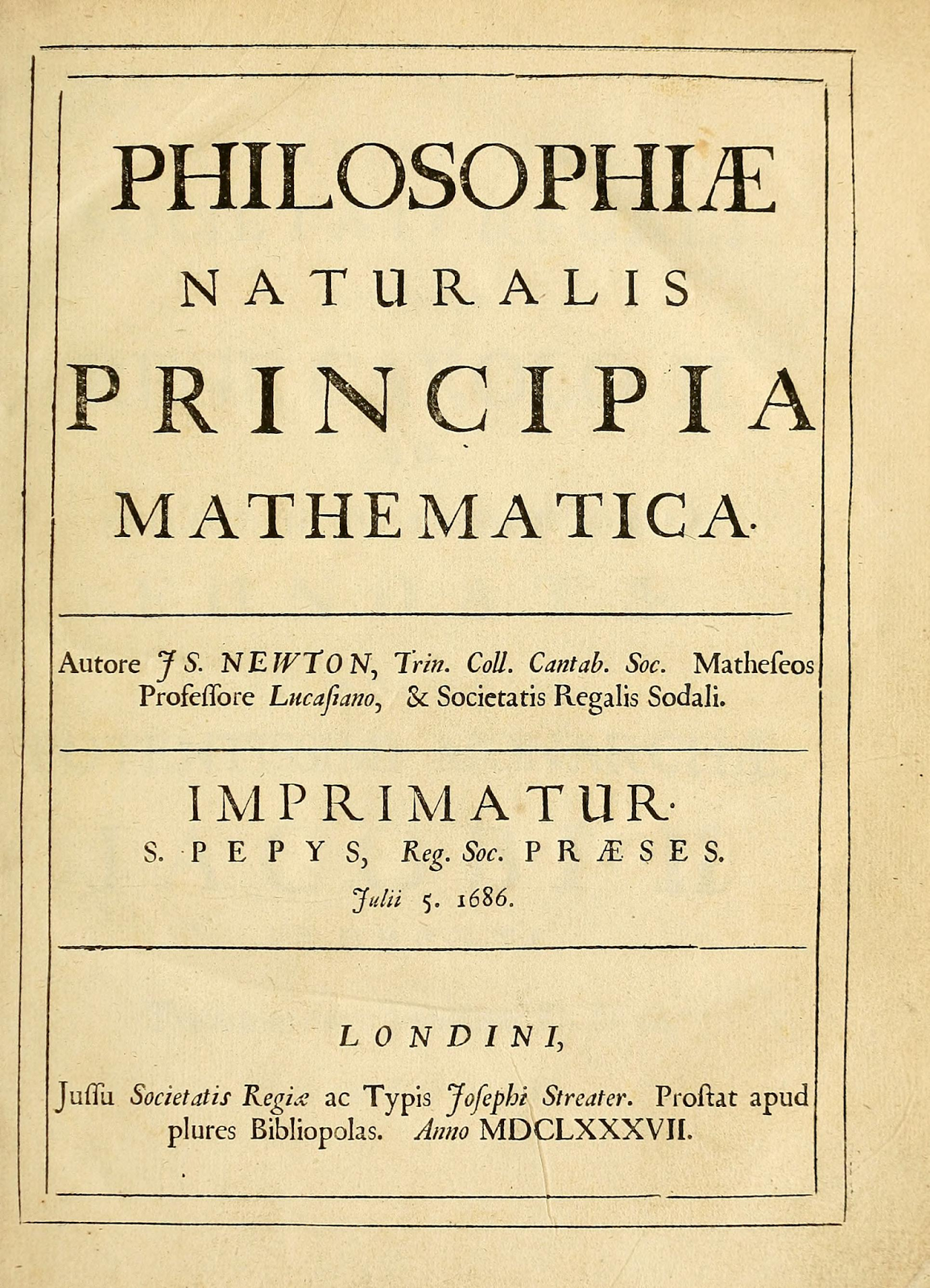Following an extensive look at the Latin language last week, we started examining the etymology of the calendar months on Wednesday. Today we're looking at the latter half of the year in the final part of our etymological investigation of the calendar months.
 |
| Caesar and Vercingetorix, who was depicted differently in the popular Asterix comics. |
July
You may have noticed while reading Wednesday's post that all of the months of the year originated in the Latin language. July is no exception. What is different about July is that it's the first month in our calendar to not feature the name of a deity. July was originally Iulius mensis in Latin, Julie in Anglo-French and Jule in Old French.
As mentioned on Wednesday, the order of the months hasn't always been the same as it is today. July was originally the fifth month in the old Roman calendar, and was referred to as Quintilis (fifth) before its name was changed to honour Gaius Julius Caesar.
August
As the sixth month in the calendar, August was originally called Sextilis (sixth) before being named after the founder of the Roman Empire, Gaius Octavius, also known as Augustus. The Latin term Augustus mensis made its way into English either directly or by way of the French term Auguste.
September
Despite having plenty of gods, emperors, and leaders, the Romans were clearly sick of honouring people by the time they got around to naming this month. In fact, the two months at the start of the year were the last to be created following a reform of the old Roman calendar by Julius Caesar in 46 BC. Despite this reform putting everything out of order, the name of the then seventh month was September, with septem being the Latin for "seven".
 |
| The octo in "octopus" also refers to the number eight. |
October
If you can count, you'll know that eight follows seven and October follows September. Just like September, October is numeric and came from the Latin October mensis, unsurprisingly meaning the "eighth month", which was directly borrowed into English. If you hadn't guessed, octo in Latin means "eight".
November
November hasn't changed much over 2,000 years. The Latin term November mensis ("ninth month") or the Old French Novembre gave us the term for the eleventh month in our calendar.
December
You get the idea! Seven, eight, nine, leaving us with the "tenth month", December mensis. The word decem obviously means "ten" in Latin, and then Old French took it and made it into Decembre before English permanently borrowed it to be the twelfth and final month of our calendar.
That's all of the months. We'll see you after the weekend when we'll be back with a new country profile!
Part 1 | Part 2









